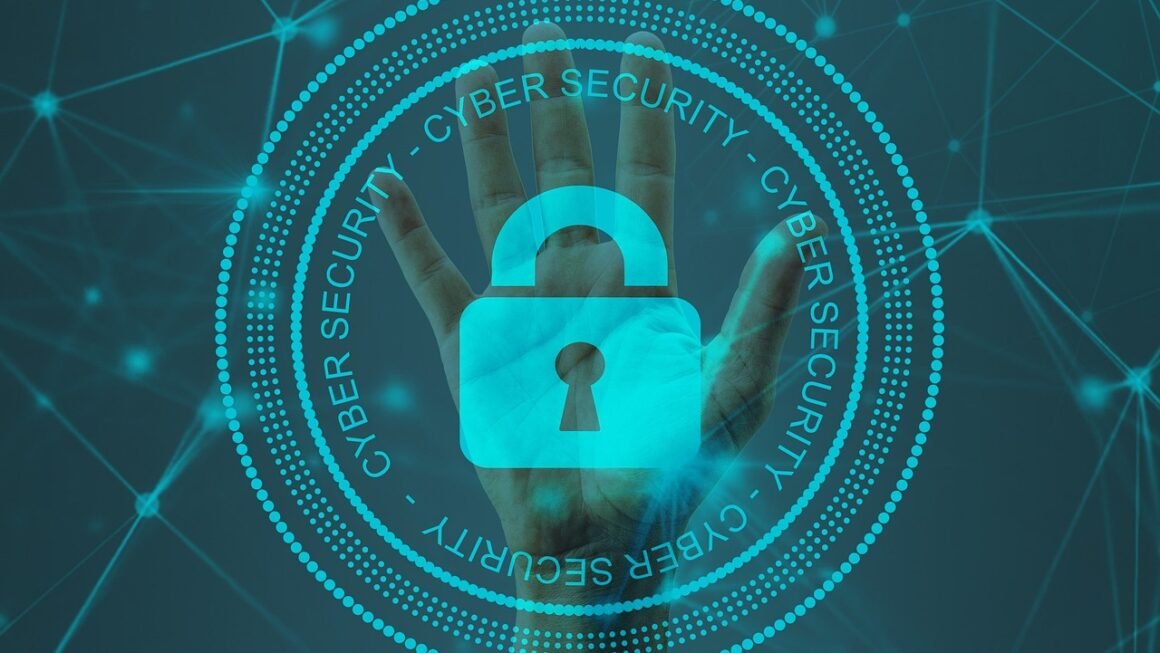In today’s hyper-connected world, cyber threats are no longer a futuristic concern; they are a present-day reality for individuals, businesses, and governments alike. From data breaches and ransomware attacks to phishing scams and identity theft, the landscape of cyber threats is constantly evolving, becoming increasingly sophisticated and difficult to defend against. Understanding the nature of these threats, and implementing robust cybersecurity measures, is crucial for protecting your digital assets and maintaining a secure online presence. This blog post will delve into the most prevalent cyber threats, offering practical advice and actionable insights to help you navigate the complex world of cybersecurity.
Understanding the Cyber Threat Landscape
Defining Cyber Threats
A cyber threat is any malicious act that seeks to damage, disrupt, or gain unauthorized access to computer systems, networks, and digital data. These threats can originate from various sources, including:
- Cybercriminals: Motivated by financial gain, they often employ tactics such as ransomware and phishing to steal sensitive information or extort money.
- Hacktivists: Driven by political or social agendas, they use cyberattacks to disrupt services or leak confidential information to promote their causes.
- Nation-State Actors: Governments or their sponsored groups engage in cyber espionage, sabotage, and information warfare to advance their strategic interests.
- Insider Threats: Malicious or negligent employees or contractors can exploit their access to internal systems, posing a significant security risk.
The Growing Impact of Cybercrime
The financial and reputational consequences of cybercrime are staggering. According to a report by Cybersecurity Ventures, global cybercrime costs are projected to reach $10.5 trillion annually by 2025. This figure underscores the urgent need for organizations and individuals to prioritize cybersecurity and invest in robust defense mechanisms. Small and medium-sized businesses (SMBs) are particularly vulnerable, often lacking the resources and expertise to effectively combat sophisticated cyberattacks.
Common Types of Cyber Threats
Malware
Malware, short for malicious software, encompasses a wide range of threats designed to infiltrate and harm computer systems. Common types of malware include:
- Viruses: Self-replicating programs that attach themselves to legitimate files and spread to other systems.
- Worms: Standalone malicious programs that can replicate and spread across networks without human interaction. A well-known example is the WannaCry worm.
- Trojans: Disguised as legitimate software, these programs perform malicious actions in the background, such as stealing data or creating backdoors.
- Ransomware: Encrypts a victim’s files and demands a ransom payment for the decryption key. The infamous CryptoLocker ransomware crippled many businesses and institutions.
- Spyware: Secretly monitors a user’s activity and collects sensitive information, such as passwords and credit card details.
- Adware: Displays unwanted advertisements and can redirect users to malicious websites.
- Actionable Takeaway: Install a reputable anti-malware solution and keep it updated. Regularly scan your system for malware and be cautious when downloading files or clicking on links from untrusted sources.
Phishing and Social Engineering
Phishing is a deceptive technique used to trick individuals into revealing sensitive information, such as usernames, passwords, and credit card details. Phishing attacks often involve:
- Email Phishing: Sending fraudulent emails that appear to be from legitimate organizations, such as banks or online retailers.
- Spear Phishing: Targeted attacks directed at specific individuals or organizations, using personalized information to increase the likelihood of success. For example, an attacker might impersonate a CEO to request a wire transfer from an employee.
- Whaling: A type of spear phishing that targets high-profile executives or individuals with privileged access.
- Smishing: Using SMS messages to deliver phishing scams.
- Vishing: Using phone calls to trick individuals into revealing sensitive information.
- Actionable Takeaway: Be wary of unsolicited emails, especially those requesting personal information. Verify the sender’s identity by contacting the organization directly through a trusted channel. Never click on links or download attachments from suspicious emails. Train employees to recognize and report phishing attempts.
Denial-of-Service (DoS) and Distributed Denial-of-Service (DDoS) Attacks
DoS and DDoS attacks aim to overwhelm a target system or network with traffic, rendering it unavailable to legitimate users.
- DoS Attack: A single attacker floods the target system with requests.
- DDoS Attack: Multiple compromised systems (often forming a botnet) flood the target system with requests, making it more difficult to mitigate.
- Example: A DDoS attack can cripple an e-commerce website during a peak shopping season, resulting in significant financial losses and reputational damage.
- Actionable Takeaway: Implement DDoS mitigation strategies, such as traffic filtering and rate limiting. Consider using a content delivery network (CDN) to distribute traffic and absorb attacks.
Man-in-the-Middle (MitM) Attacks
A MitM attack occurs when an attacker intercepts communication between two parties without their knowledge, allowing them to eavesdrop, steal data, or manipulate the communication.
- Wi-Fi Eavesdropping: Attackers can set up fake Wi-Fi hotspots to intercept traffic from unsuspecting users.
- ARP Spoofing: Attackers can manipulate the Address Resolution Protocol (ARP) to redirect traffic through their own systems.
- Actionable Takeaway: Use secure communication protocols, such as HTTPS, and be cautious when connecting to public Wi-Fi networks. Use a VPN to encrypt your internet traffic and protect against eavesdropping.
Strengthening Your Cybersecurity Posture
Implementing a Multi-Layered Security Approach
A multi-layered security approach, also known as defense in depth, involves implementing multiple layers of security controls to protect your systems and data. This approach ensures that if one layer fails, others will still provide protection.
- Firewalls: Act as a barrier between your network and the outside world, blocking unauthorized access.
- Intrusion Detection and Prevention Systems (IDPS): Monitor network traffic for suspicious activity and automatically block or mitigate threats.
- Endpoint Security: Protects individual devices, such as laptops and desktops, from malware and other threats.
- Data Encryption: Encrypts sensitive data to protect it from unauthorized access, both in transit and at rest.
- Access Control: Restricts access to sensitive systems and data based on the principle of least privilege.
Employee Training and Awareness
Employees are often the weakest link in cybersecurity. Providing regular training and awareness programs can help them recognize and avoid cyber threats.
- Phishing Simulations: Conduct simulated phishing attacks to test employees’ ability to identify and report phishing emails.
- Security Awareness Training: Educate employees about common cyber threats, safe browsing habits, and password security.
- Incident Response Training: Train employees on how to respond to security incidents, such as reporting suspicious activity or handling data breaches.
Regular Security Audits and Assessments
Conducting regular security audits and assessments can help identify vulnerabilities and weaknesses in your security posture.
- Vulnerability Scanning: Use automated tools to scan your systems for known vulnerabilities.
- Penetration Testing: Hire ethical hackers to simulate real-world attacks and identify security flaws.
- Security Audits:* Assess your compliance with industry standards and regulations, such as HIPAA or PCI DSS.
Conclusion
Cyber threats are a pervasive and evolving risk that demands constant vigilance. By understanding the types of threats, implementing robust security measures, and staying informed about the latest trends, individuals and organizations can significantly reduce their risk of falling victim to cybercrime. Prioritizing cybersecurity is not just a matter of protecting data; it’s about safeguarding reputations, ensuring business continuity, and maintaining trust in the digital world.



